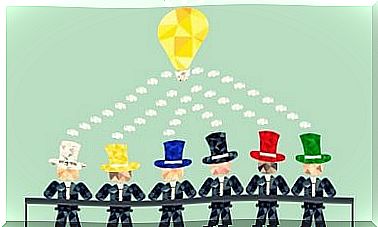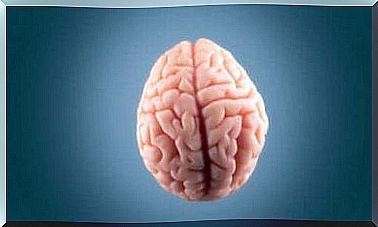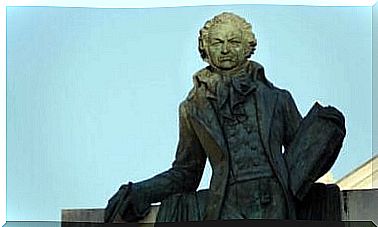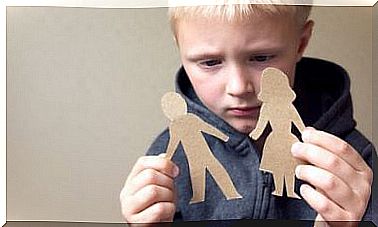Reducing Uncertainty About An Unknown Future

What will happen tomorrow? In a week? And within a year? Or twenty years? What does the future look like? Those are difficult questions that may not be easy to answer. By definition, the future is what has not yet happened. So it is full of uncertainty. It is that general feeling of doubt that makes us sure of nothing. Can we reduce this uncertainty?
We can reduce our uncertainty, but not completely. There are pseudosciences and other art forms that claim to know the future. Often they make use of vague interpretations of the future so that they cannot make mistakes.
If you are convinced that tomorrow will be a good day, then the chances are that it will be a good day. That is because we will adopt a positive attitude towards uncertainty. This will only change our attitude and reduce uncertainty. However, it is not a realistic prediction of the future.

Reducing uncertainty with a plan B
We must start by understanding that the future is unpredictable. We don’t know what’s going to happen. So the best choice is to recognize this undeniable fact. Just by knowing this you will reduce your insecurity. One possibility is to make several predictions.
Let’s imagine we don’t know what the weather will be like tomorrow. However, based on our intuition, we come to the conclusion that the weather will be sunny. Even if it hasn’t rained in months, it could ruin our beach plans if it rains on that particular day.
For example, we could have a plan B. When the weather is sunny, I go to the beach. When it rains, I go to the museum. Our plans wouldn’t be ruined then. Imagining the different options for the future is one way to reduce uncertainty.
By reducing that uncertainty, we will be more prepared to face the unknown, no matter what.
If you want to predict the future and reduce uncertainty, you don’t really need to find out what exactly will happen. What we need to do is think about what could happen. Imagine all possible options that may arise and rule out the unlikely ones.
For example, we can think that it can be sunny, rainy, cloudy, snowy, and so on. Still, based on the current temperature, humidity, geographic location, etc., you can rule out each of these options and consider the others more or less likely.
Designing patterns to reduce uncertainty
To reduce uncertainty we often and sometimes unconsciously use a certain practice: the use of patterns. Experience teaches us that certain events often repeat themselves when the right circumstances arise. The more experience, the more these patterns are confirmed.
Usually these patterns are useful, especially when we know the causes and the effects. We know that if we throw a rock at another person, we will hurt them. If we know that the damage depends on the size of the stone and the force with which we throw, we can change these variables according to our wishes. Obviously, you don’t have to throw stones at anyone. We’re just using this as an example.
In the same way, these patterns also help to explain our behavior. However, this is so varied and affected by so many things that it’s hard to know all the variables that change it.
Making a joke at someone’s expense can make them laugh or make them angry. If the joke and the person laughs, then similar jokes are not likely to make you laugh too. However, you have to be careful! What if they are having a bad day? Maybe they won’t laugh then. These patterns are not always good predictors because heuristics and biases can also have an influence.

Reducing uncertainty by using foresight
Before the idea of predicting the future appeared, another discipline emerged: foresight. Foresight is the method that studies the future to understand it and influence what will happen. We are most interested in the how and especially the why. We can understand foresight as a means of managing and reducing uncertainty.
Foresight tries to understand the causes and sequence of events that lead to an event. That is also why foresight does not make predictions. It is not used to predict the future. Rather, it is used to explain why something will happen.
The objective of using foresight is actually to change the path of the future before it begins. The future is uncertain. Yet it is possible to reduce uncertainty so that we are not caught off guard.








